While practicing Simple Linear Regression Model I got this error, I think there is something wrong with my data set.
Here is independent variable X:
This is error body:
ValueError: Expected 2D array, got 1D array instead:
array=[ 7. 8.4 10.1 6.5 6.9 7.9 5.8 7.4 9.3 10.3 7.3 8.1].
Reshape your data either using array.reshape(-1, 1) if your data has a single feature or array.reshape(1, -1) if it contains a single sample.
And this is My code:
import pandas as pd
import matplotlib as pt
#import data set
dataset = pd.read_csv('Sample-data-sets-for-linear-regression1.csv')
x = dataset.iloc[:, 1].values
y = dataset.iloc[:, 2].values
#Spliting the dataset into Training set and Test Set
from sklearn.cross_validation import train_test_split
x_train, x_test, y_train, y_test = train_test_split(x, y, test_size= 0.2, random_state=0)
#linnear Regression
from sklearn.linear_model import LinearRegression
regressor = LinearRegression()
regressor.fit(x_train,y_train)
y_pred = regressor.predict(x_test)
Thank you



